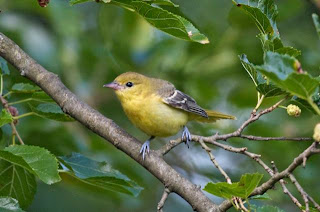 |
| Speckled Padloper Tortoise |
Class : Sauropsida
Order : Testudines
Family : Testudinidae
Genus : Homopus
Species: signatus
Length : 4in (11cm)
IUCN Status: Near Threatened
The Speckled Padloper Tortoise is the smallest tortoise in the entire world! Found in South Africa, this tiny guy has a speckled shell whose carapace rarely grows longer than a third of a foot!
Their speckles help to keep them camouflaged in rocky areas, where they spend a great deal of their time hiding. Not much is known about their behavior in the wild, other than that females lay only one egg at a time and that the species is herbivorous.
Speckled Padloper Tortoises have several threats working against them. These include loss of habitat, introduction of highways, poaching for the pet trade, and the introduction of new predatory species. Their low birth rate has also made it difficult for this tiny species to survive through so many changes.
 RSS Feed
RSS Feed Twitter
Twitter 13:55
13:55
 booker2o73lister58
booker2o73lister58









































